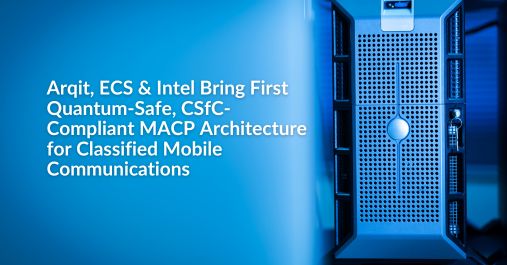Computer vision sounds like something from the future, but it’s actually being used in almost every industry, from automotive to retail. What is it? Computer vision attempts to emulate the power of the human eye at scale, analyzing thousands or even millions of images to identify and learn from patterns in the data.
You may wonder how analyzing images helps businesses. Computer vision has laid the foundation for advancements in self-driving cars, medical image analysis, and facial recognition — enabling organizations to leverage AI to extract meaningful data from visual input.
The Role of Deep Learning in Computer Vision
To understand how deep learning enhances computer vision, we must go back a few years in the history of machine learning. Previously, for a computer to recognize images, it was necessary to create a database of images. These images then needed to be annotated with specific data to help an application compare and make sense of the visual input.
Machine learning improved this manual process by allowing programmers to code features or tiny applications that could detect patterns in images. These applications could then use a learning algorithm to classify images and detect objects. Even so, machine learning still relies on structured, labeled data, albeit not to the extent that previous manual processes required. It could even use unstructured data after some pre-processing to structure the data.
Deep learning takes this automation a step further by allowing machine learning to eliminate the need for pre-processing. It can take unstructured data and automate feature extraction, allowing algorithms to learn from data with minimal intervention from specialists. How does this benefit people leveraging deep learning computer vision applications?
- General purpose solution. Machine learning algorithms typically need to be developed specifically for the project they’ll be used on. But deep learning allows you to create models that can be reused for different applications.
- Limited need for instruction. When using a deep learning algorithm, the team only needs to develop or choose the algorithm they’ll be using and feed it the necessary visual data. With enough examples, the neural network can identify images without additional instruction.
- Faster deployment speed. Computer vision is already much faster than humans, but deep learning accelerates it by reducing the need for human input. Since models can work with unstructured data and neural networks are more general purpose, deployment is greatly accelerated.
As deep learning algorithms become more intelligent, the possibilities of computer vision will increase. However, to power deep learning, you need robust computing infrastructure.
Leverage Hardware That Powers Computer Vision
Designing powerful machine learning infrastructure helps set the foundation for deep learning and computer vision. But deploying your hardware takes work. You must analyze your computing requirements, tailor hardware solutions to those needs, and deploy them within your organization, factoring in supply chain and logistics concerns.
Equus Compute Solutions helps its partners by offering an end-to-end machine learning infrastructure solution. We help you through each stage of the process and leverage our partnerships to ensure you get the best value and highest-performing hardware. If you’d like to explore the deep learning infrastructure solutions available, send us a note.








